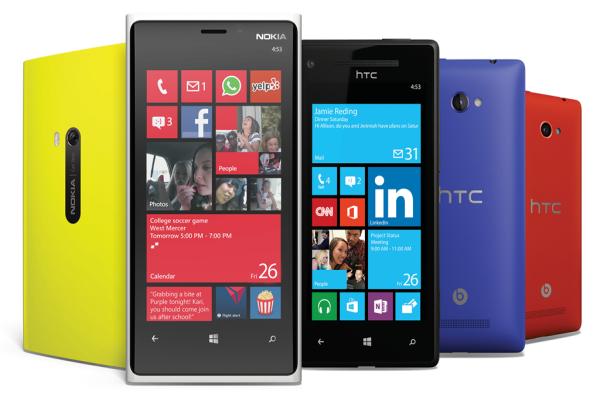Published on the 17/02/2016 | Written by Safi Obeidullah

Can you confidently say you know what and how many mobile devices are connected to your network at any given time, asks Safi Obeidullah…
While using new devices is an exciting time for employees, the technology can represent a huge challenge for IT departments. These devices must be able to access the corporate network in a secure manner, and provide easy and safe access to enterprise applications. If these considerations aren’t made, a business can be exposed to a variety of risks as well as potential productivity hindrances. To address this, an IT strategy which maintains the security of infrastructure and creates a platform for the workforce to maximise its potential is required. A BYOD policy will vary from organisation to organisation, and needs to be based on the priorities and concerns of both individuals and the business, which can be achieved by making the following considerations: With personal devices finding their way into the day-to-day running of all organisations, embracing (and managing) them is an enabling factor to driving security and success. Note, however, that BYOD policies do not happen overnight. Take the time to listen to the requirements of your team and appreciate the factors surrounding them. No BYOD policy is one-size fits all, so tailor a strategy suited to your practice for an effective, transparent roll-out. Safi Obeidullah is director of technical services at Citrix ANZ.





























